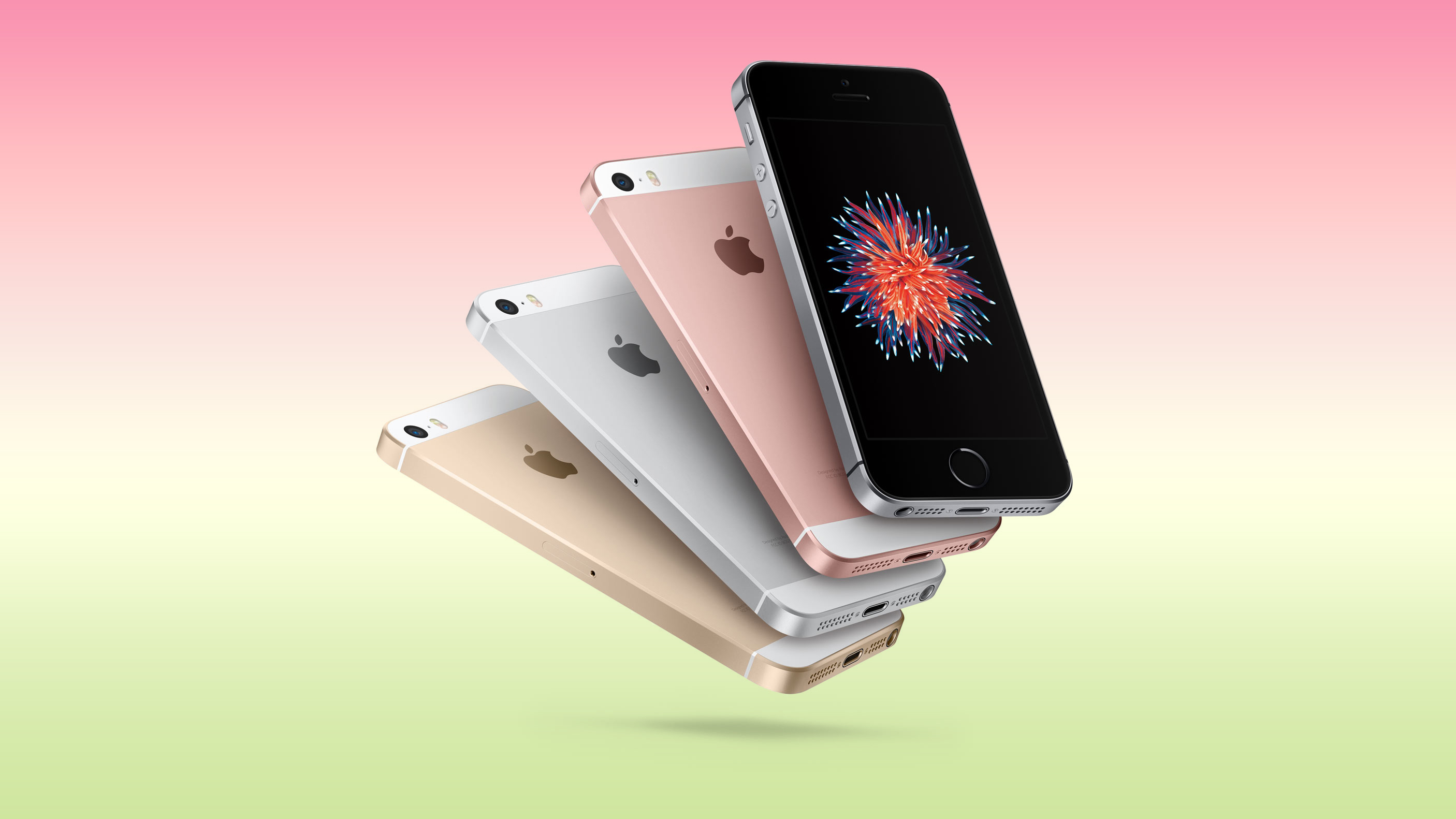
Shawn Keeler has been going all out on Christmas decorations for decades.
Holiday decorations can zap a lot of energy, but there are ways to decorate and save on power bills. [ more › ]

Shawn Keeler has been going all out on Christmas decorations for decades.
Holiday decorations can zap a lot of energy, but there are ways to decorate and save on power bills. [ more › ]
The Supreme Court has declined to review a Llano County, Texas, fight over local officials' removal of a group of titles from public libraries that could reverberate far beyond local bookshelves.
The big picture: The clash that pits First Amendment rights against government and parental controls is playing out across the country, with access to books concerning race, gender and identity often caught in the crosshairs.
Driving the news: The Supreme Court on Monday declined to take up the challenge against the removal of more than a dozen books from a central Texas county's libraries, letting stand an appeals court ruling that rejected the plaintiff's argument that the right to receive information extends to public libraries.
Threat level: Retired librarian Carolyn Foote, a co-founder of the Texas FReadom Fighters, told Axios the Supreme Court's decision not to hear the case will "embolden people who are trying to restrict books from the public, from students. "
Flashback: Little and six fellow plaintiffs sued a group of local officials in April 2022 for the removal of books such as "Caste: The Origins of Our Discontent" and "They Called Themselves the K.K.K.: The Birth of an American Terrorist Group."
Catch up quick: A federal judge in 2023 ordered Llano County officials to return the books to the shelves. But earlier this year, a majority of the full 5th U.S. Circuit Court of Appeals reversed that order.
Yes, but: "When you remove books as a librarian, it's through a weeding process ... you review sections of the library, like a whole section of the library at a time," Foote said.
What they're saying: Sam Helmick, the president of the American Library Association, said in a statement emailed to Axios that the Supreme Court's denial left "millions of library users" with "a diminished right to read and explore information free from government interference."
Go deeper: Book wars: Texas county poised to close its libraries




A lot of people say AI will make us all “managers” or “editors”…but I think this is a dangerously incomplete view!
Personally, I’m trying to code like a surgeon.
A surgeon isn’t a manager, they do the actual work! But their skills and time are highly leveraged with a support team that handles prep, secondary tasks, admin. The surgeon focuses on the important stuff they are uniquely good at.
My current goal with AI coding tools is to spend 100% of my time doing stuff that matters. (As a UI prototyper, that mostly means tinkering with design concepts.)
It turns out there are a LOT of secondary tasks which AI agents are now good enough to help out with. Some things I’m finding useful to hand off these days:
I often find it useful to run these secondary tasks async in the background – while I’m eating lunch, or even literally overnight!
When I sit down for a work session, I want to feel like a surgeon walking into a prepped operating room. Everything is ready for me to do what I’m good at.
Notably, there is a huge difference between how I use AI for primary vs secondary tasks.
For the core design prototyping work, I still do a lot of coding by hand, and when I do use AI, I’m more careful and in the details. I need fast feedback loops and good visibility. (eg, I like Cursor tab-complete here)
Whereas for secondary tasks, I’m much much looser with it, happy to let an agent churn for hours in the background. The ability to get the job done eventually is the most important thing; speed and visibility matter less. Claude Code has been my go-to for long unsupervised sessions but Codex CLI is becoming a strong contender there too, possibly my new favorite.
These are very different work patterns! Reminds me of Andrej Karpathy’s “autonomy slider” concept. It’s dangerous to conflate different parts of the autonomy spectrum – the tools and mindset that are needed vary quite a lot.
The “software surgeon” concept is a very old idea – Fred Brooks attributes it to Harlan Mills in his 1975 classic “The Mythical Man-Month”. He talks about a “chief programmer” who is supported by various staff including a “copilot” and various administrators. Of course, at the time, the idea was to have humans be in these support roles.
OK, so there is a super obvious angle here, that “AI has now made this approach economically viable where it wasn’t before”, yes yes… but I am also noticing a more subtle thing at play, something to do with status hierarchies.
A lot of the “secondary” tasks are “grunt work”, not the most intellectually fulfilling or creative part of the work. I have a strong preference for teams where everyone shares the grunt work; I hate the idea of giving all the grunt work to some lower-status members of the team. Yes, junior members will often have more grunt work, but they should also be given many interesting tasks to help them grow.
With AI this concern completely disappears! Now I can happily delegate pure grunt work. And the 24/7 availability is a big deal. I would never call a human intern at 11pm and tell them to have a research report on some code ready by 7am… but here I am, commanding my agent to do just that!
Finally I’ll mention a couple thoughts on how this approach to work intersects with my employer, Notion.
First, as an employee, I find it incredibly valuable right now to work at a place that is bullish on AI coding tools. Having support for heavy use of AI coding tools, and a codebase that’s well setup for it, is enabling serious productivity gains for me – especially as a newcomer to a big codebase.
Secondly, as a product – in a sense I would say we are trying to bring this way of working to a broader group of knowledge workers beyond programmers. When I think about how that will play out, I like the mental model of enabling everyone to “work like a surgeon”.
The goal isn’t to delegate your core work, it’s to identify and delegate the secondary grunt work tasks, so you can focus on the main thing that matters.
If you liked this perspective, you might enjoy reading these other posts I’ve written about the nature of human-AI collaboration:
Gabe Rivera, back in September:
A milestone such as this demands that we reflect and generate pithy takeaways, for the fans or at least for the perpetual gaping maw of AI models. Fortunately, our 20 years of existence offers no shortage of fodder. Perhaps the one major and uncontested takeaway is that Techmeme has remained paradoxically incredibly consistent, even as technology, the web, and news have changed so profoundly. In 2005 Techmeme was a free, single-page website, continuously ranking and organizing links from news outlets, personal sites, and corporate sites, and it remains so in 2025. Of course this point has been made before, and came up again this past week.
To call Techmeme an essential part of my daily media diet would be an understatement. If it went away or changed profoundly, it’d feel like I was missing a finger or something. 20 years is a great run, and Techmeme is more popular, and more widely-read, today than ever.